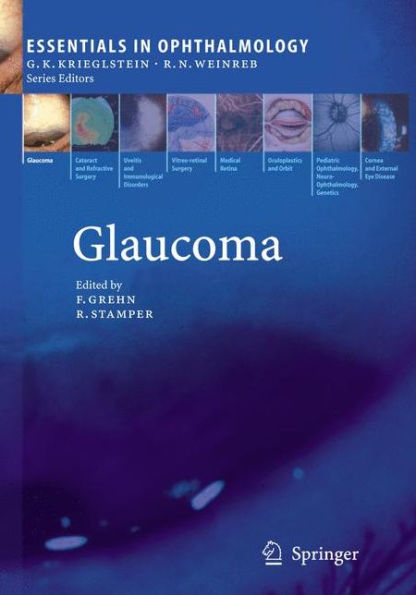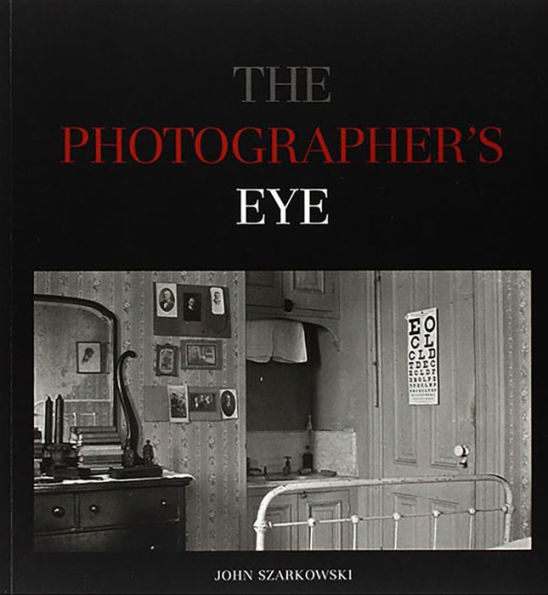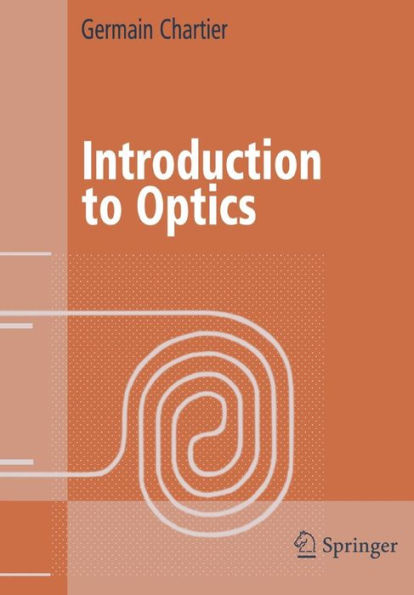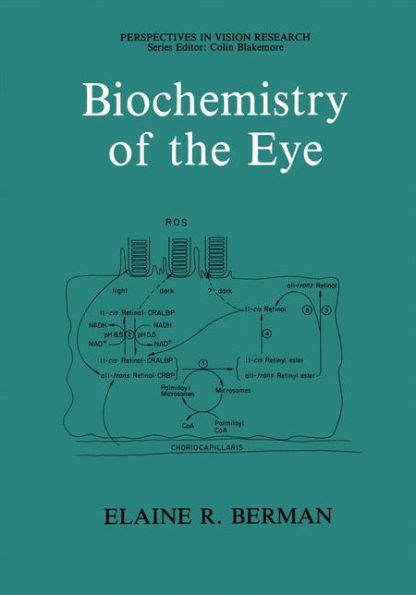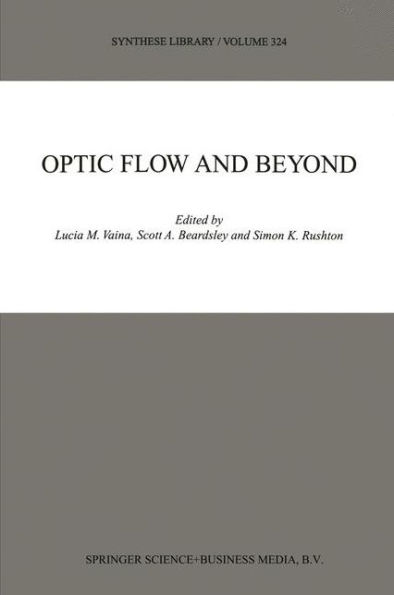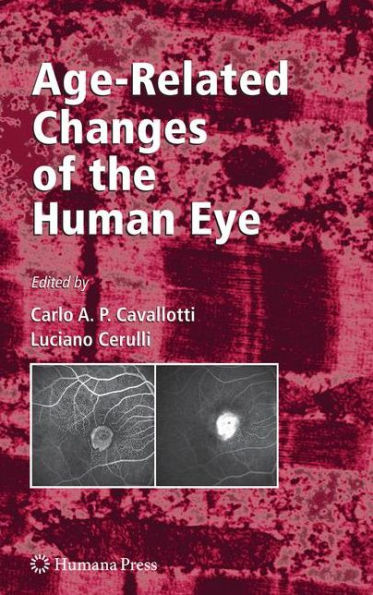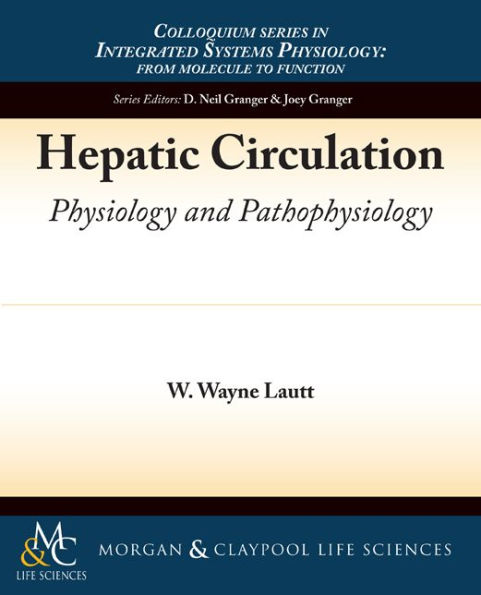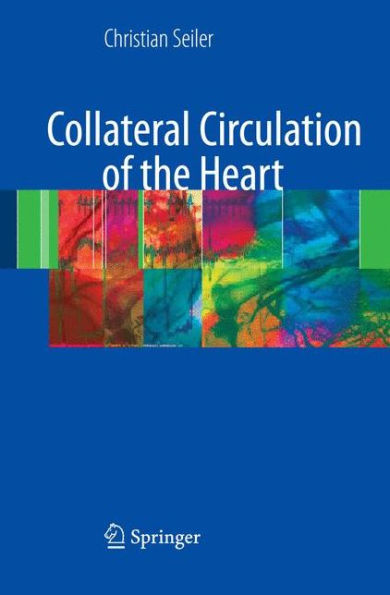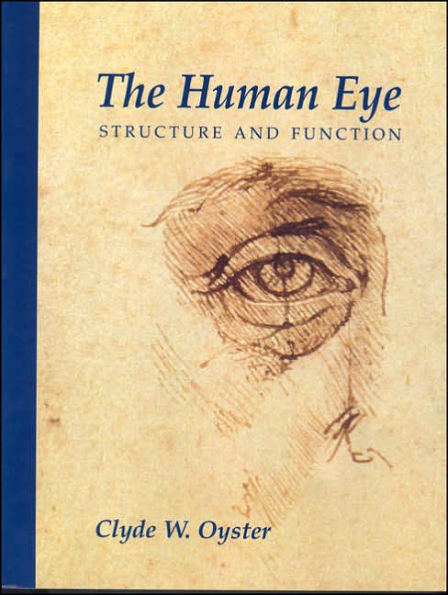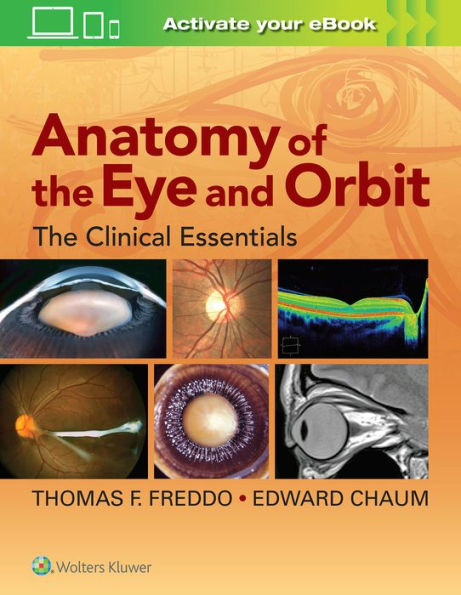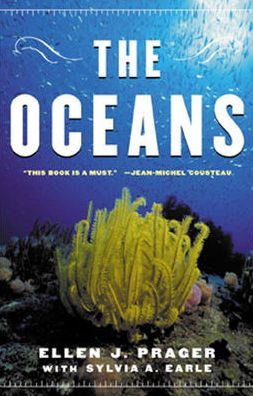Home
The Ocular Circulation / Edition 1



The Ocular Circulation / Edition 1
Current price: $35.00
Loading Inventory...
Size: OS
This presentation describes the unique anatomy and physiology of the vascular beds that serve the eye. The needs for an unobstructed light path from the cornea to the retina and a relatively fixed corneal curvature and distance between refractive structures pose significant challenges for the vasculature to provide nutrients and remove metabolic waste. To meet these needs, the ocular vascular beds are confined to the periphery of the posterior two thirds of the eye and a surrogate circulation provides a continuous flow of aqueous humor to nourish the avascular cornea, lens and vitreous compartment. The production of aqueous humor (and its ease of egress from the eye) also generates the intraocular pressure (IOP), which maintains the shape of the eye. However, the IOP also exerts a compressing force on the ocular blood vessels that is higher than elsewhere in the body. This is particularly true for the intraocular veins, which must have a pressure higher than IOP to remain patent, and so the IOP is the effective venous pressure for the intraocular vascular beds. Consequently, the ocular circulation operates at a lower perfusion pressure gradient than elsewhere in the body and is more at risk for ischemic damage when faced with low arterial pressure, particularly if IOP is elevated. This risk and the specialized tissues of the eye give rise to the fascinating physiology of the ocular circulations. Table of Contents: Introduction / Anatomy / Blood flow measuring techniques / Ocular perfusion pressure, IOP and the ocular Starling resistor effect / Ocular blood flow effects on IOP / Local control of ocular blood flow / Neural control of ocular blood flow / Summary
